China House Cave Yaodong and Loess Plateau
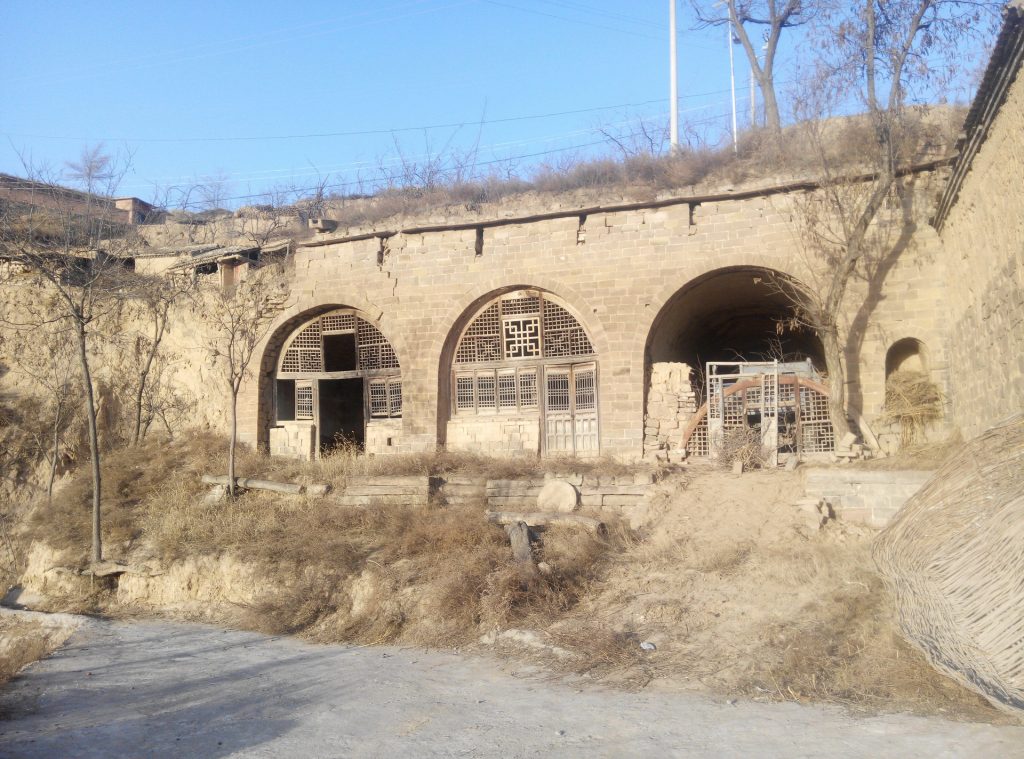
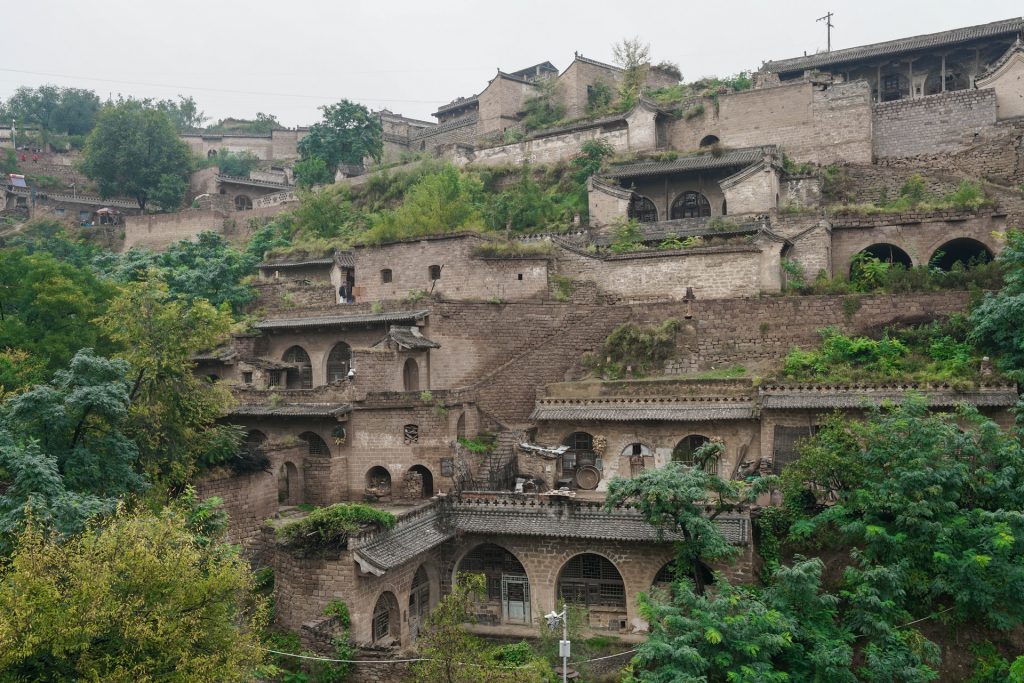
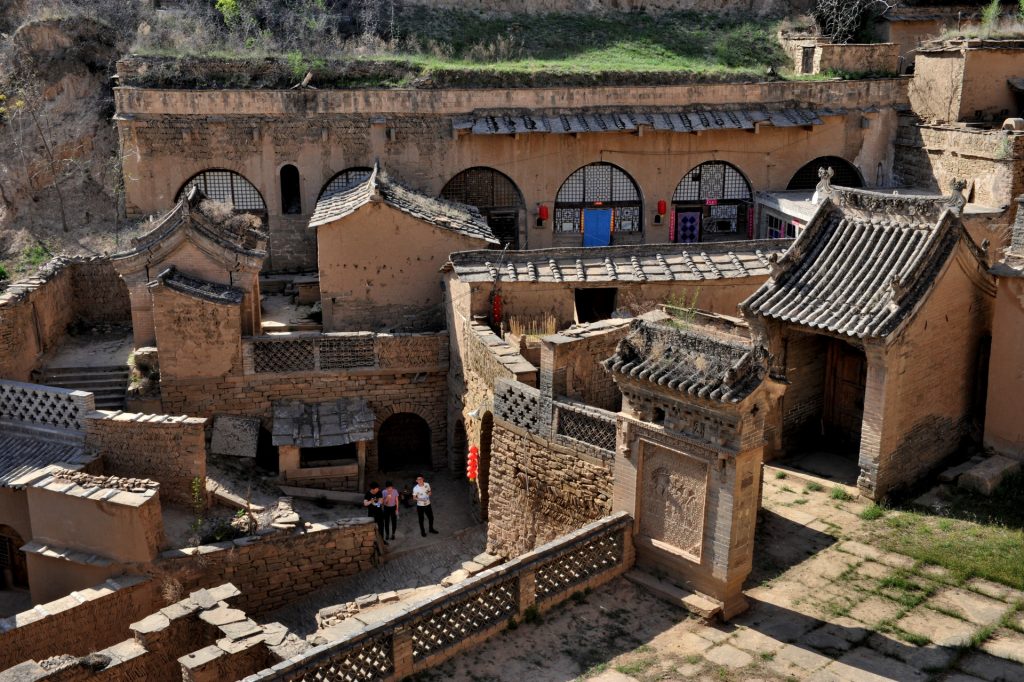
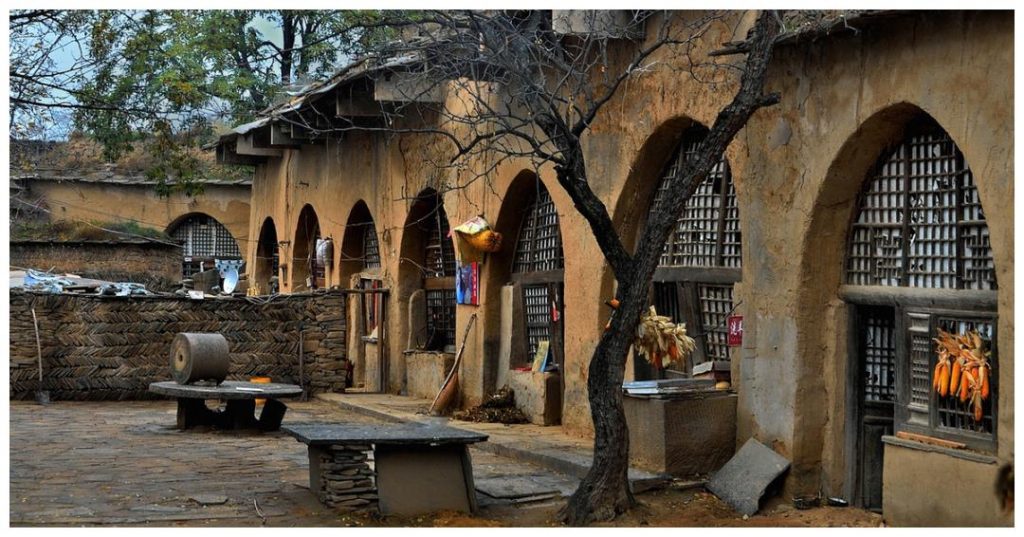

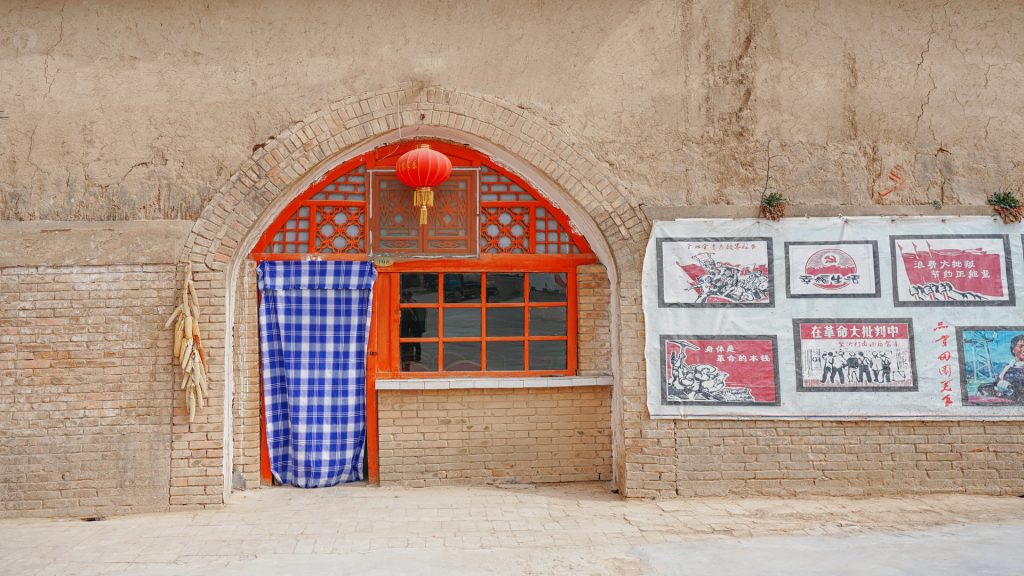
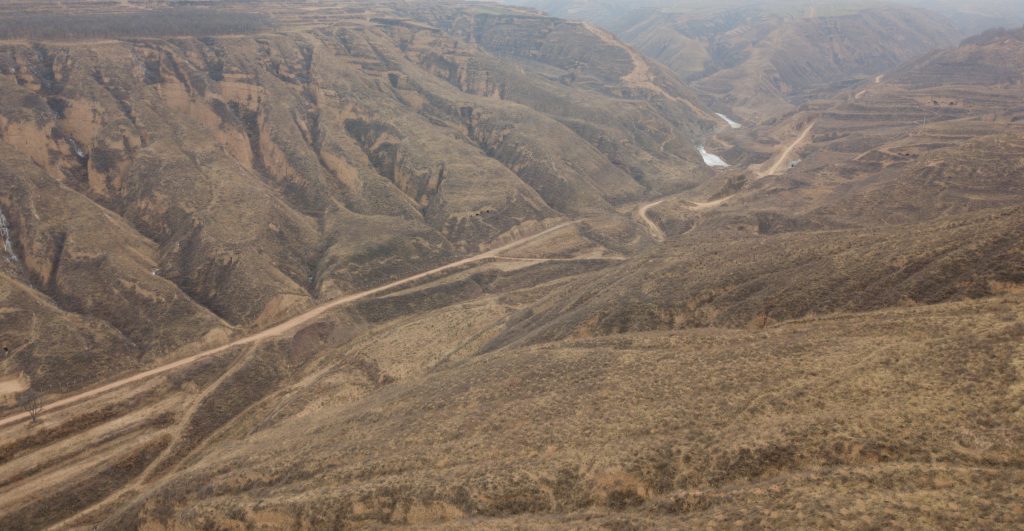
China House Cave Yaodong and Loess Plateau
This is the Loess Plateau in northern China and the valley of the Yellow River.
The traditional cave houses are commonly distributed on the Loess Plateau of northern China, mainly in four provinces: Gansu, Shanxi, Henan, and the Hui Autonomous Region of Ningxia. It is called a yaodong (Chinese: 窰洞; pinyin: yáodòng) or “house cave”. That is a particular earth dwelling, popular in the Loess Plateau in northern China. The Chinese people generally choose a hillside to carve out of a central sunken courtyard. Let me show you some pictures.
How do people feel living in a yaodong? The earth surrounds around the indoor rooms like an effective insulator, so people feel warm in cold winter and cool in hot summer. That is why it was generally comfortable in the old days.
The history of yaodongs goes back thousands of years ago, and they continue to be alive at present. In 2006, we estimated forty million Chinese still in living in yaodongs. Our researchers find these traditional dwellings is environmental friendly and sustainable. Most yaodongs are distributed along the sides of the cliffs and valleys in order to avoid the wind and utilize the sunlight and water. There are three types of yaodong in China.
Three types of Yaodongs
Cliffside yaodongs are the firstly common among the three types.
People dig caves in the cliff on the edge of the loess slopes. The floor is usually rectangular and the top is arched shape. There is an open space for lighting and ventilation In front of the cave, so that the user does not feel the space to be depressive. This type of yaodong were underground dwellings that date back to the second millennium BC, China’s Bronze Age, and according to Chinese tradition, the Xia Dynasty.
Sunken Yaodong (Chinese: 地坑窑; pinyin: dìkēngyáo) is a second type. Chinese people used the sunken courtyard, because the weather kept dry all year around in the loess plateau.
Hoop Yaodong (Chinese: 箍窑; pinyin: gūyáo) is the third type, also called independent yaodong. It is a valuable type because people came to use construction techniques. The Hoop Yaogongs appear in the places where the condition is not suitable for cave dwellings, for example, the loess layer is thin, the slopes are gentle, the soil cliffs height is not sufficient, or the bedrock is exposed. People build a hoop yaodong wholly or partially outdoors, with an arched structure window. More importantly, the high arch of the cave plus high windows allows the sunlight to penetrate inside the cave in winter.
Here is the cave city in Yan’an, Shaanxi province, which was. the Mao’s headquarter during 1940s. YanAn yaodongs became famous when the communist army set up headquarter there and lived there for over 13 years. The American journalist, Edgar Snow visited Mao and his party in Yan’an and wrote a book titled Red Star Over China.
